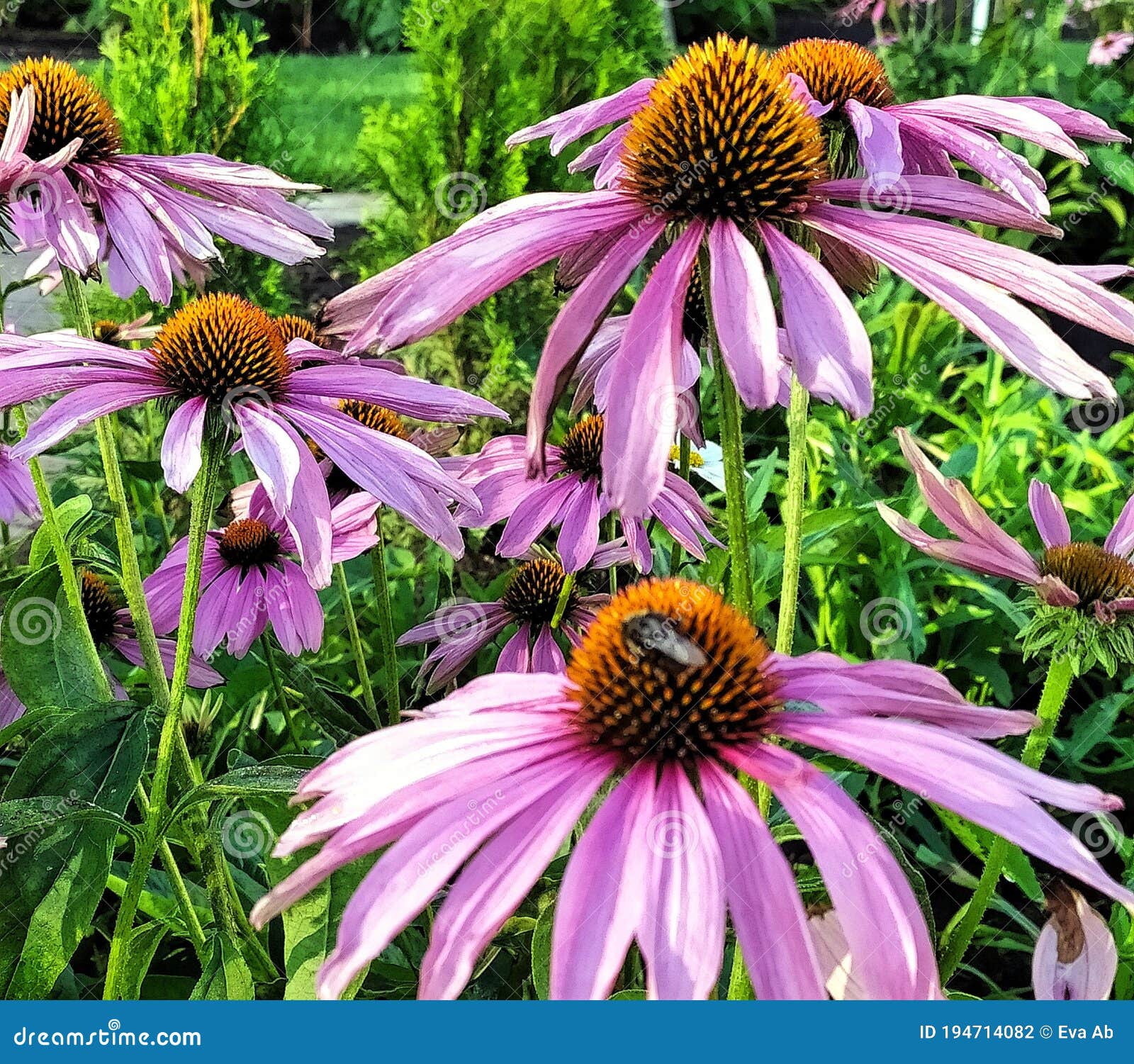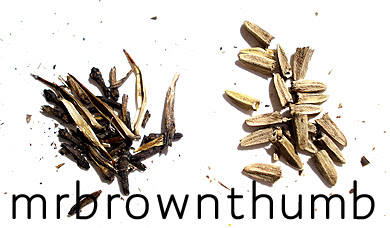

In 1987, she founded the Suze Orman Financial Group. Susan Lynn " Suze " Orman ( / ˈsuːzi / SOO-zee born June 5, 1951) is an American financial advisor, author, and podcast host. After three years, Suzy left ESPN2 to join Fox Sports, and in late 1999 she rejoined ESPN. She became one of the original anchors of ESPN2 in 1999 when it launched. Currently, Suzy works as a Monday Night Countdown Host. Suzy Kolber is a popular American football sideline reporter, co-producer, and sportscaster for ESPN. Her father is a businessman by profession. Suzy Spitz- Birth, Age, Parents, Ethnicity, Education Suzy Spitz was born as Susan Ellen Weiner in the United States. Spitz is renowned as the wife of the 9X Olympic championship winner swimmer, Mark Spitz.

The relationship was confirmed by both Suzy and Dong-Wook, as well as Suzy’s record label: JYP. The relationship between Bae Suzy and South Korean actor, Lee Dong-Wook sparked after meeting at a public event in 2017. 3, 2010 - A strange tale of oral sex, a knife fight and the most unlikely of pregnancies recently brought to light by the blogosphere has doctors touting the. Water deeply and then let dry out.Suxy February 2, 2010, 4:55 PM. Avoid over-watering perennials and annuals in hot, humid conditions.Water fruit and nut trees deeply to avoid fruit drop-off.Prune herbs often to encourage new growth.Keep a garden journal to note bloom times and insect habits.A brief shower doesn’t mean it penetrated to the roots. Even if rain comes, check the soil to 3” deep to make sure their roots have water. Store in jars, envelopes, or paper bags (not plastic) to plant next spring. Collect seeds from summer blooming plants.Solarize areas where you want to kill grass or weed pests for future planting.Leave clippings on the lawn to naturally fertilize. Don’t remove more than 1/3 of the top at a time. Keep the roots cool by leaving the grass long. Keep the lawn mower setting up to high.

Remove damaged leaves to the trash (not the compost pile). Aphids and other insects can create sooty mold on plants, a fungus that develops from their secretions (honeydew).Aphids and other insects can plague crape myrtles and other trees in summer (“raining trees” are due to the honeydew secretions).Be sure to get the undersides of the leaves. It’s easy to spray them off with a hard blast of water. Fertilize every few weeks through growing season. Citrus with high nitrogen fertilizer like Citrus-tone.Foliar feed flowers and vegetables with liquid seaweed.Last chance to cut back fall blooming perennials (like aster) that are setting buds.No need to apply pruning paint to other trees.OKAY to prune red oaks and live oaks until February.Texas A&M AgriLife Extension Vegetable Planting Guides (Central Texas).Okra, eggplant, peppers, corn sweet potato slips, pumpkin, summer & winter squash, watermelon.To combat this, loosen the planting area with expanded shale, and even consider planting on berms. In droughty years, this won’t be too hard, but in years with lots of winter and spring rain, the plants may rot, especially if you have any amount of clay in your soil. The stems of Echinacea remain entirely just below the soil surface, so you’ll need to be extra careful that this beauty doesn’t stay too wet. There are lots of cultivars out there, and most of them do well in the same planting environment as the native, but may not provide seeds for native birds. You may be tempted to dead-head, but try to resist that urge: the seed heads are a great food source for small birds. The flowers are long-lasting and attract lots of pollinators to nectar and pollen, but are pretty unattractive once they fade. Producing striking individual light pink to purple flowers from spring all the way through fall, Echinacea is very drought tolerant and should be watered sparingly, in only the hottest, driest of times. In the right conditions, coneflower will seed out for even more. Purple coneflower can reach a height of about 2 feet, and perhaps an additional 12 to 18 inches, including its flower spikes, but each plant stays very compact in width, at only a foot or so.Ĭluster in groups of 3-5 for the most impact. Native coneflower, Echinacea purpurea, is an easy-care, herbaceous perennial for sun to part/bright shade.


 0 kommentar(er)
0 kommentar(er)
